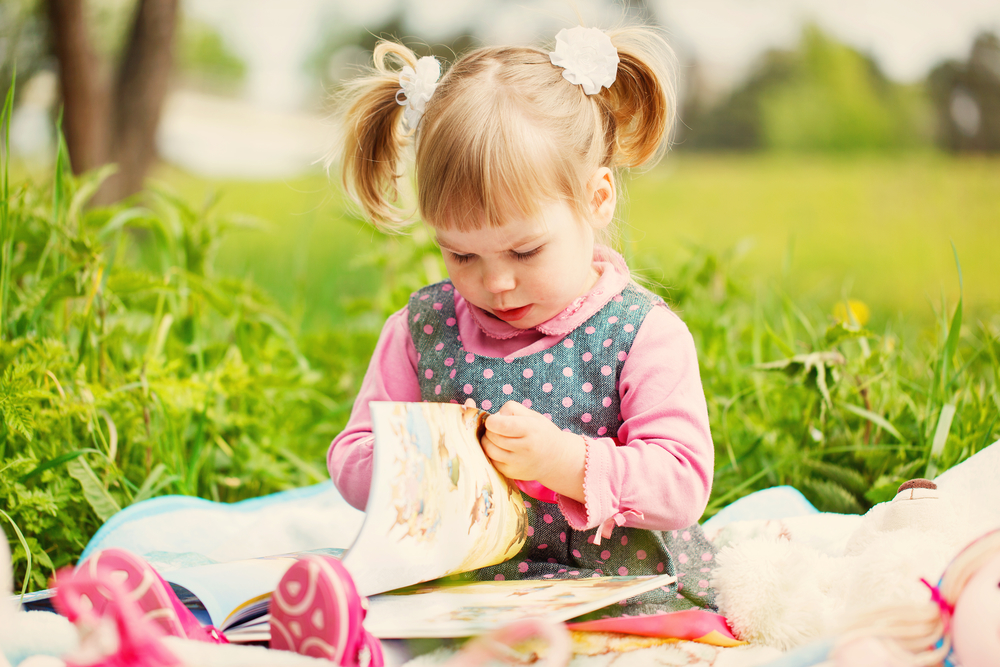British Forest Schools have been developed and adapted from the original concept implemented in Sweden in the 1950’s and developed throughout other Scandinavian and European Countries. The Forest Schools concept established in Denmark for pre-school children (under seven years) in the 1980’s stemmed from their småbørnspædagogik or Early Years Education and, in the mid 1990’s was visited by nursery nurses from Somerset and independently by representatives from other early year’s professionals from the UK.
Denmark has a similar climate to ours in the UK and it is becoming increasingly recognised that this ‘outdoor’ approach to play and learning can have a huge impact on the normal development of children.
A 13 month long study carried out in Sweden on children from similar backgrounds found that children attending forest school kindergartens in the countryside environment are far happier than children in kindergartens located in the urban environment. The study concluded that children in the forest school are more balanced with greater socially capability, they have fewer days off sick; are more able to concentrate and have better co- ordination than the city kindergarten children.
The result showed the children attending the forest school to be markedly better at concentrating than the city Kindergarten children. It appeared that the principle reason was due to the greater range of opportunities present for play in nature, children played for longer at a time, with less annoyance or interruption of each other compared to the children in the city kindergarten. The study observed that when children in the city kindergarten were interrupted, they became irritable, their stress levels rose significantly, and their ability to concentrate fell. When they could not concentrate there was a clear tendency to selfish and inconsiderate behaviour and aggression. The forest school children were much more considerate towards each other.
The study also showed that the forest school children had 25% fewer sick days than the city children. One reason for this is that the air is nearly always better outside than indoors because outside a child is less likely to be exposed to virus and bacteria and not so likely to be infected by other children. Another reason may be that, since stress has been shown to have a negative effect on the immune system, high stress levels may be having a weakening effect on the ability for the city children to resist infection.
The forest school children, on the other hand are in a pleasant, natural, fun and less stressful environment. As a consequence of this, children attending Forest School kindergartens were arriving at school with stronger social skills, greater ability to work in groups, and generally children had high self- esteem and confidence in their own capabilities. All these attributes proved to be an effective foundation that raised academic achievements. Since its introduction Forest Schools has developed opportunities in an outdoor setting for children and adults of all ages to develop a variety of life skills: altruism, independence, self awareness and social communication skills, all of which assist individuals to grow in self-esteem and confidence. Participants gain confidence in their own ability. Kinaesthetic learners [learning by doing] are particularly suited to learning in this woodland outdoor environment.

